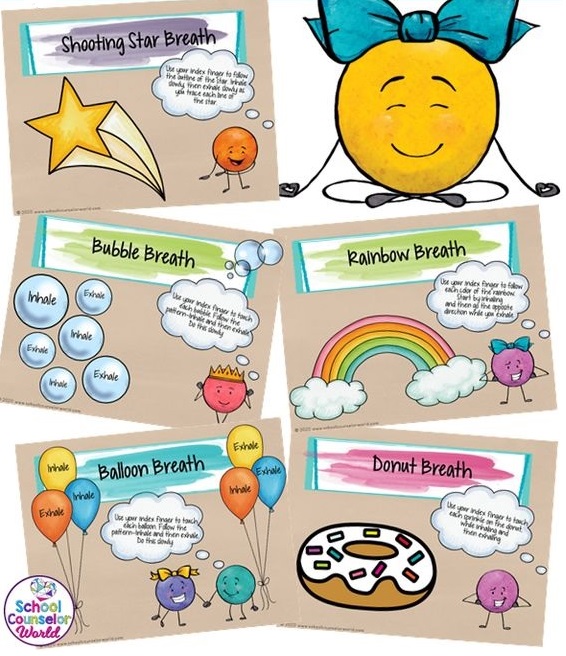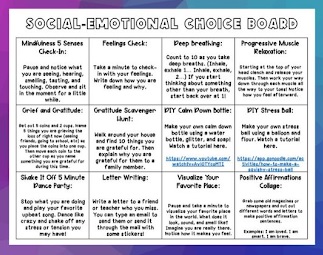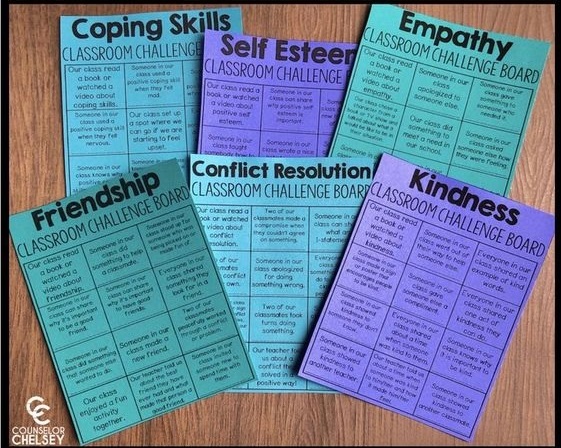 MIA STUDIO/SHUTTERSTOCK
MIA STUDIO/SHUTTERSTOCK
Quarantine has a very isolating effect on the world. There is a lack of social interaction, many days in pajamas and, for some students, a disengagement with learning via muted microphones and turned-off video cameras. If you understood that reference, you are one of the many who have become very familiar with Zoom or other video call apps during this time.

T’Ajmal Hogue
I started teaching virtually soon after quarantine started with a self-defense and empowerment program called Girls’ LEAP and experienced a lot of disengagement from participants. Being at home for so long, jumping from Zoom call to Zoom call, can be daunting and sometimes really boring, even more so for young people. So, how can we create virtual spaces centered on fun, creativity and care?
Research has shown that online learning can provide a more controlled learning environment, but can lack interesting material that students engage with. It has also been shown that it is quite difficult to determine if quality engagement is occurring as well.
Making space for students’ experiences, emotions
Teaching an online afterschool program during quarantine can be difficult, but creating space for students’ emotions and experiences during this time is crucial. This could be in the form of check-ins that are emotion-centered or creating a space for learning and practicing coping strategies.
For example, a coping strategy could be implementing journal time within a program and encouraging participants to write in their journal on their own. Participants can be given the opportunity to share, but this should not be a requirement. This builds in a coping mechanism within the daily program structure.
TRAILS, at the University of Michigan, has developed multiple resources that can be great to include in virtual settings for building regular check-ins to monitor student wellbeing. Here are some ways to implement these coping strategies online:
- Implement mindfulness strategies like breathing or check-ins at the beginning and end of each program
- Give space for participants to speak about whatever they need and encourage them to keep this up in a journal every night
- Ask participants “What do you do to calm down from something?” then establish a rule that each person can guide the class in one of their coping mechanisms as a warm-up.
Making online learning interactive, engaging
I have learned many ways to keep online learning interactive and engaging. Allowing students to have a say in what is happening is a great place to start. Students have already experienced a few different styles of online learning so far, so trust them when they share something they like or something that has worked in other programs.
Here are some concrete ways to create an engaging and interactive online space:
- Let students choose an energizer and allow them to lead it if they would like
- Find materials based on things the students like (i.e. utilizing TikTok, memes and music)
- Switch up the style of learning from breakout groups to lectures to interactive games and videos
- Create a norm that students will look forward to each session, for example, create a theme each week and have students try to guess what the next theme is going to be for an incentive
- Finally, always check in with students constantly. This will help them know that you care and will allow you to understand if things are working out for everyone.
Social emotional Learning in Action
Understanding effective implementation of social emotional learning in action can be difficult. Here are some examples to get started with for different age groups:
- Elementary school: Young kids can feel more engaged when the social emotional learning is embedded within something that captures their interest. Try these mindfulness techniques with your young ones.
 SCHOOL COUNSELOR WORLD + GUIDANCE LESSONS + COUNSELING/PINTEREST
SCHOOL COUNSELOR WORLD + GUIDANCE LESSONS + COUNSELING/PINTEREST
- Middle school: This can be a time for a lot of kids to understand the things that work for them and establish unspoken rules to their social emotional habits. Encourage students to dive deeper into understanding themselves with this fun challenge. Whoever fills a whole sheet can choose a fun game to play.
- High school: Since high schoolers are older, allowing them to have a choice in what social emotional activity they do could help you understand what they already are comfortable with. With time you can encourage students to try new activities to help broaden their social emotional learning toolbox.

BRIGHT FUTURES COUNSELING – SCHOOL COUNSELING RESOURCES/PINTEREST
T’Ajmal Hogue is a teaching assistant and tutor with Girls’ LEAP, a youth self-defense and empowerment organization in Boston. She is a trained peer counselor and mental health first aid responder and teaches youth in Boston during the summer at an enrichment camp.
Raquel Sáenz contributed to this column.






























